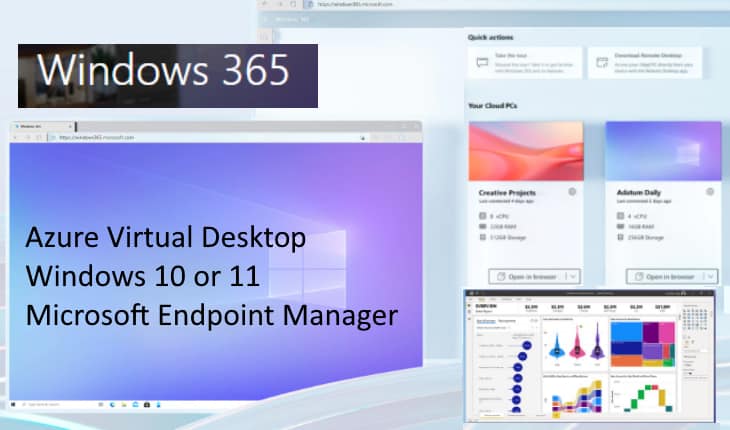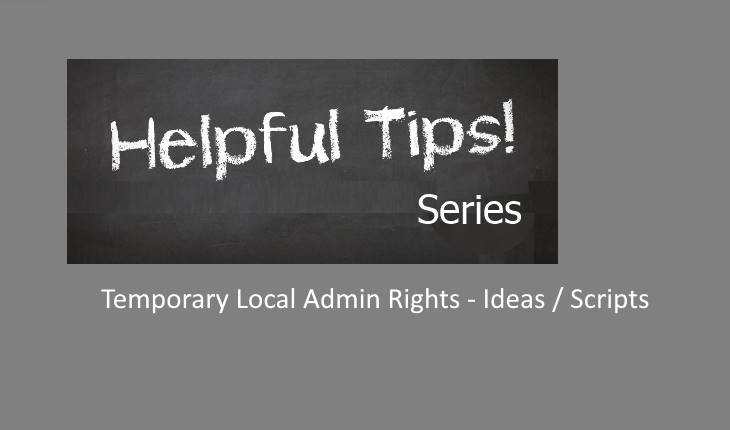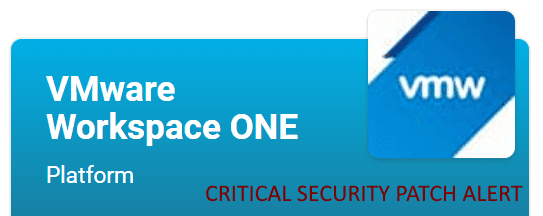What To Go Paperless With?

Part of Going Paperless Series which provides tips, tools, processes and resources to make the journey to a paperless office or home easier.
In the article, “Going Paperless” we sited the definition of Paperless, and the fact that with today’s available technology and tools the goal of going paperless has never been more achievable by so many.
Let’s discuss now what it may mean to you to you go paperless, and consider considering the two major areas in which we utilize paper:
- Paper Document We Produce
- Paper Documents We Receive.
Paper Documents We Produce
This is the way many of us begin the process. We attempt to reduce our paper usage by simply printing less, creating electronic copies of documents, and sending them via attached emails.
Examples of the significant reduction of the paper we produce include :
- We print only a handful of selected photographs a year
- We only buy one realm of paper every year.
- Expensive ink and tone cartridges last much longer

On the first point above: I think the story of Kodak, and the advent of digital photography is probably the most telling of the trends in this category.. Within a short 8 years, consumers shifted from film-based photography and printing every photo they took, to digital photography, selecting and printing only a few precious photos, to not printing them at all..
A large percent of us is very satisfied by achieving this state, as it is fulfilling and produces immediate cost-savings, but frankly that is only half of the story .
Paper Documents We Receive
A typical household or small office, has a number of boxes or filing cabinet full of papers stored away within their building. Chances are that these papers (bills, medical records, receipts, school reports, children’s mementos, magazine clippings important to us once, and so on) have not seen the light of day in years, and are sitting there collecting dust.
Although we throw a lot of paper away, we receive physical pieces of paper with just in time information, which once processed. we put in the “to-file” pile that we store just in case we need to see that information again..
With the simple addition of a scanner, a shredder, some software, hard drive space and a bit of organization and discipline, you can rid your home / office of all of your incoming papers.
Important Papers You Should Not Get Rid Off
For those that don’t want to completely get rid of their personal documents, creating a digital backup of all of your files can still be a viable security option. Simply scan and store all of your records and files, and retain the most important paper documents for a secondary backup. Often times going paperless simply means using and keeping less paper.
Document retention rules and laws, vary widely depending on your region. Before shredding any original documents, please check your local government office, and with your accountant, to see what you should keep or not, and for how long.
Take action!
Whether you are trying to organize your home or save some space in your office, going paperless when done with the right hardware and software can be a very easy and beneficial transition that will not only save space but will provide a clutter free environment where you can be sure no matter what happens to your home or office, your documents and files are securely stored and easily searchable.





